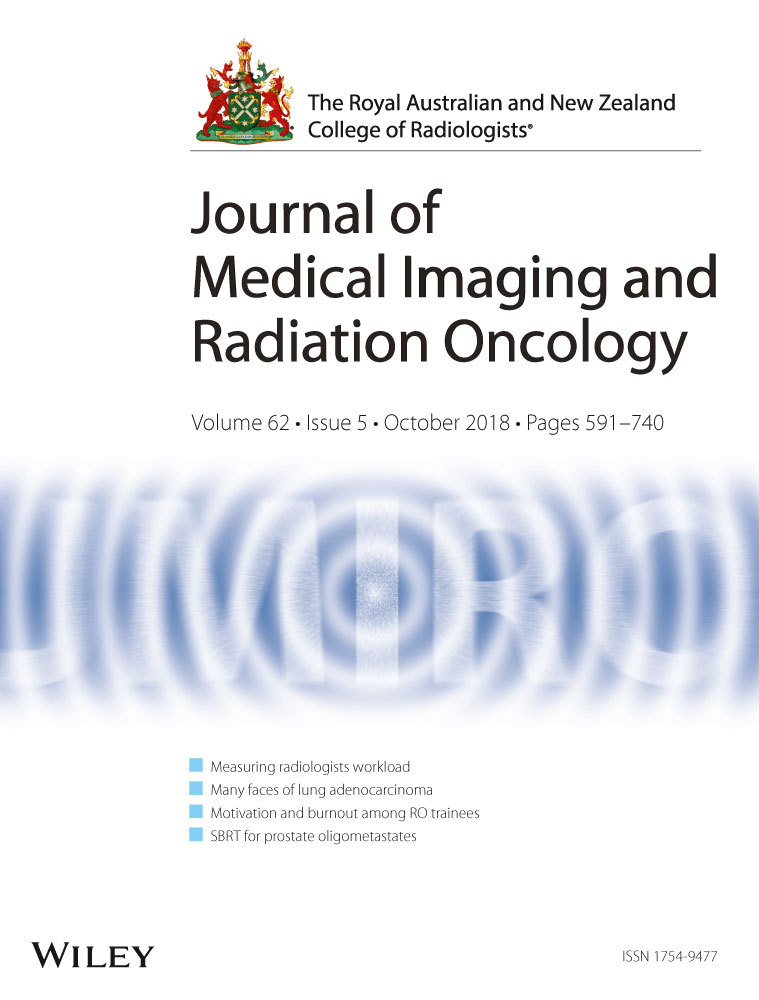Failure mode and effects analysis in a paperless radiotherapy department
Abstract
Introduction
The international move towards digital healthcare record keeping has seen an increase in the number of radiotherapy departments moving towards a paperless framework. With the recent transition to a paperless radiation oncology framework at the Princess Alexandra Hospital Brisbane, it was crucial to perform a prospective risk assessment to quantify the most significant sources of risk in the electronic environment.
Methods
A failure mode and effects analysis (FMEA) was performed using a web-based three-round Delphi technique. Participants included Radiation Therapists and Radiation Oncologists. A detailed process map was created of all process steps and their sub-processes from patient booking to treatment. The first round was an open qualitative round to identify failure modes. The subsequent rounds were used to score all failure modes using the risk priority number (RPN) scoring method, based on the product of occurrence, severity and detectability scoring. The final round was also used to identify risk mitigation strategies.
Results
The process map consisted of 60 process steps and 141 sub-processes. A list of 83 failure modes was identified and consensus was achieved regarding the risk scoring for a prioritised list of 20. Four of the top five failure modes were related to communication errors. Eighteen feasible solutions were recommended for incorporating into clinical practice to increase patient safety.
Conclusion
The FMEA proved a valuable systematic method of prospectively identifying vulnerabilities in a paperless radiotherapy department. In particular, this FMEA identified numerous failure modes concerning communication and documentation, highlighting the need for sustained vigilance when performing all electronic processes.




